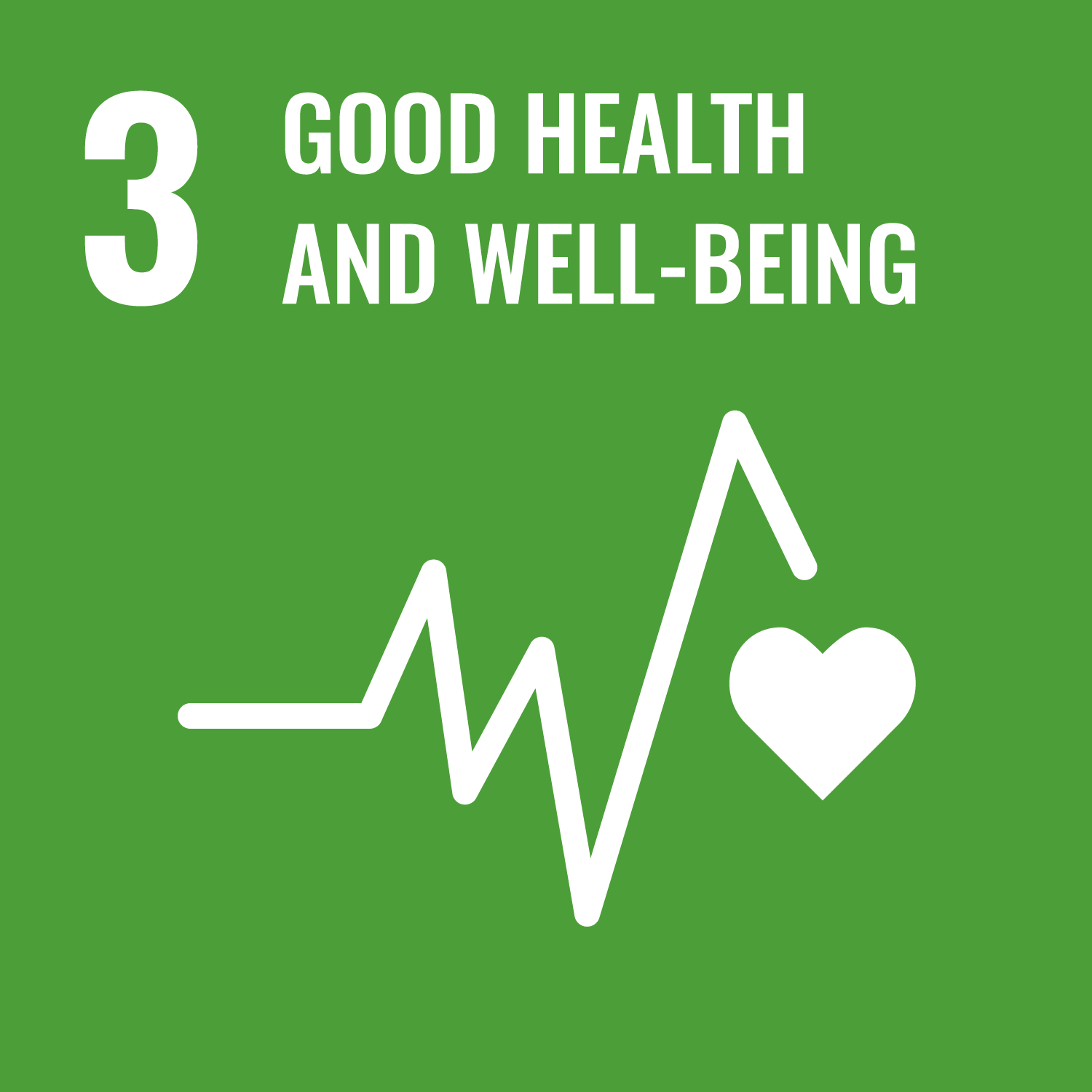Improving HIV Treatment SIB (Elton John AIDS Foundation)
Aligned SDGs

- Improving HIV Treatment SIB (Elton John AIDS Foundation)
- General overview
- Location
- Involved organisations
- Outcome metrics
- Results
- Other resources
- Spreadsheet of data
- Improving HIV Treatment SIB (Elton John AIDS Foundation)
- General overview
- Location
- Involved organisations
- Outcome metrics
- Results
- Other resources
- Spreadsheet of data
General overview
Stage of development: Complete
Policy sector: Health
Start date of service provision: Oct 2018
Anticipated completion date: Sep 2023
Actual completion date: Mar 2022
Capital raised (minimum): GBP 1m (USD 1.29m)
Intervention
The partnership works with HIV service providers including Voluntary and Community Sector Organisations in identifying ways of utilizing additional resources to commission innovative interventions to increase HIV testing in high risk groups as well as improving access to HIV treatment and retention in care that are specifically targeted to the needs of the local population. This six year proposal aims to widen access to HIV treatment, address isolation, invest in prevention and develop an integrated model of HIV care. The social impact bond expects to reach up to 493,000 people and support up to 1,250 newly diagnosed people to get the treatment they need to stay healthy.
Target population
Those undiagnosed with HIV and, those who have dropped out of HIV care
Location
Country
- United Kingdom
Service delivery locations
- London, United Kingdom
Involved organisations
Outcome metrics
- Metric 1: Start HIV care: After a service user is tested and diagnosed with HIV, she/he must be seen for HIV care within 1 month of initial diagnosis to trigger the outcome.
- Metric 2: First time tester within high risk group completes HIV test.
Results
Outcome achievements
The graph above shows interim results for the project’s outcome achievements. Each bar represents a key participant outcome or metrics. Each metric is detailed above the graph (under the ‘Outcome metrics’ section of this page). Users can hover over the bars to access data on the expectations and achievements for that particular metric. Labels at the top of the bar represent the overall expectations for specific metrics, for the entire life of the project. The coloured section of the bar represents the project’s achievements so far.
Each bar takes the unit of analysis of the metric (if the metric is measured in number of individuals, the bar graph is representing individuals achieving that metric. If the metric is measured in weeks, the bar graph is representing weeks).
A note on targets (or expectations): the graph above shows the latest targets for the project. These targets are based on the best-case scenario expectations for every project. These targets may be different from the targets set at the start, as projects adapt to unexpected challenges or changes in circumstances. In addition, these targets could also work as a ‘cap’ for payments. We offer these parameters as a reference on outcome achievement projections. If projects are under implementation, they are not expected to have achieved any of these targets yet.
Other resources
Spreadsheet of data
Important Notice and Disclaimer on INDIGO Data
INDIGO data are shared for research and policy analysis purposes. INDIGO data can be used to support a range of insights, for example, to understand the social outcomes that projects aim to improve, the network of organisations across projects, trends, scales, timelines and summary information. The collaborative system by which we collect, process, and share data is designed to advance data-sharing norms, harmonise data definitions and improve data use. These data are NOT shared for auditing, investment, or legal purposes. Please independently verify any data that you might use in decision making. We provide no guarantees or assurances as to the quality of these data. Data may be inaccurate, incomplete, inconsistent, and/or not current for various reasons: INDIGO is a collaborative and iterative initiative that mostly relies on projects all over the world volunteering to share their data. We have a system for processing information and try to attribute data to named sources, but we do not audit, cross-check, or verify all information provided to us. It takes time and resources to share data, which may not have been included in a project’s budget. Many of the projects are ongoing and timely updates may not be available. Different people may have different interpretations of data items and definitions. Even when data are high quality, interpretation or generalisation to different contexts may not be possible and/or requires additional information and/or expertise. Help us improve our data quality: email us at indigo@bsg.ox.ac.uk if you have data on new projects, changes or performance updates on current projects, clarifications or corrections on our data, and/or confidentiality or sensitivity notices. Please also give input via the INDIGO Data Definitions Improvement Tool and INDIGO Feedback Questionnaire.